9 Indoor Plants Care Tips
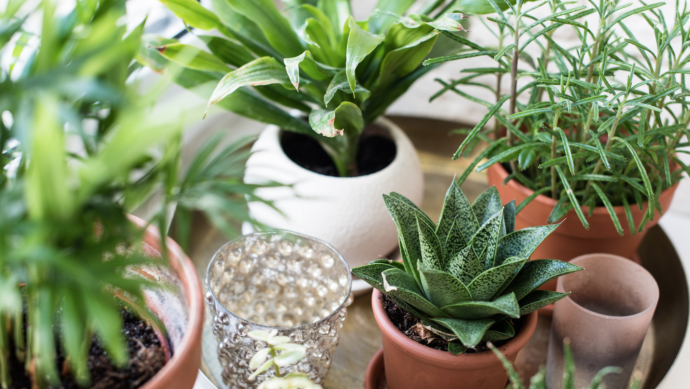
There are plenty of ways to care for your plants. No matter what plants you have in your collection, they all have similar basic needs. Here's how to keep them in tip-top shape. If you're a new plant parent, all the care that goes into keeping your houseplants happy can feel a little overwhelming at first. However, most of your plants won't need constant attention to stay healthy. Once you learn plant care basics and find a routine, you’ll notice all the wonderful benefits of being a plant parent. Following all these tips will hopefully lead to a long and wonderful life for each of your plants. Enjoy!
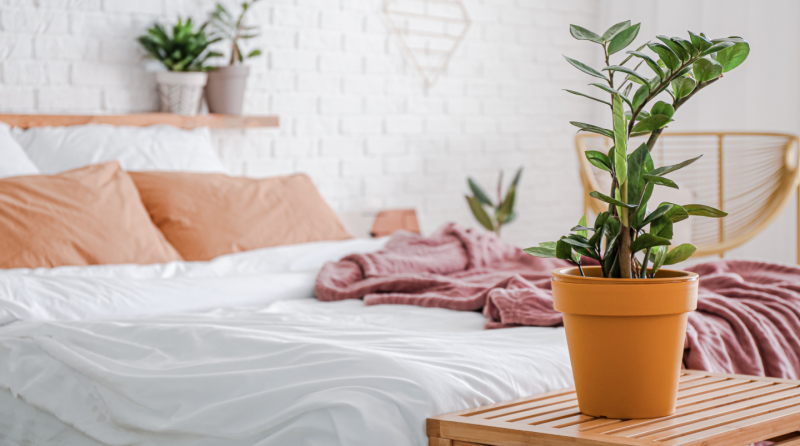
1. Indoors or outdoors
Houseplants fall mainly into two categories: foliage plants and flowering plants. Foliage plants can be green leaf, colored, or variegated. Green leaf plants are hardy and generally easy to grow. Rubber plants would be the exception. Colored foliage plants need constant higher temperatures and more humid conditions, which may be difficult to maintain in houses. Variegated leaf plants grow well indoors, though they need to be placed in an area with good light.
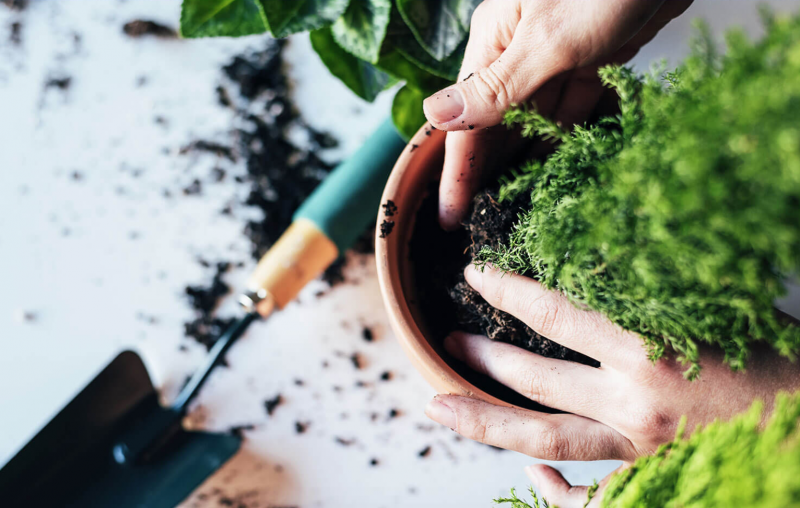
2. Learn how often to water your plants
For potted plants at home, you may be unsure of how often to water them. For most plants, the golden rule is to see if the first inch or so of soil is dry. If dry, this is an indication that the plant needs water. If there are leaves that have shriveled or are dry/discolored, the plant might need a little extra water than a regular routine.
3. Repotting is important
Flowering plants will flower year after year if cared for properly, and that includes repotting. Flowering pot plants are garden or greenhouse plants specially grown to flower indoors, mainly during spring and winter. They are purchased when the buds have formed and have a slight showing of color. They can flower for several weeks and do not need any special care other than warmth, watering, and deadheading. Once they have finished flowering they should either be discarded, planted out in a greenhouse border, or, if hardy, planted in the flower garden.
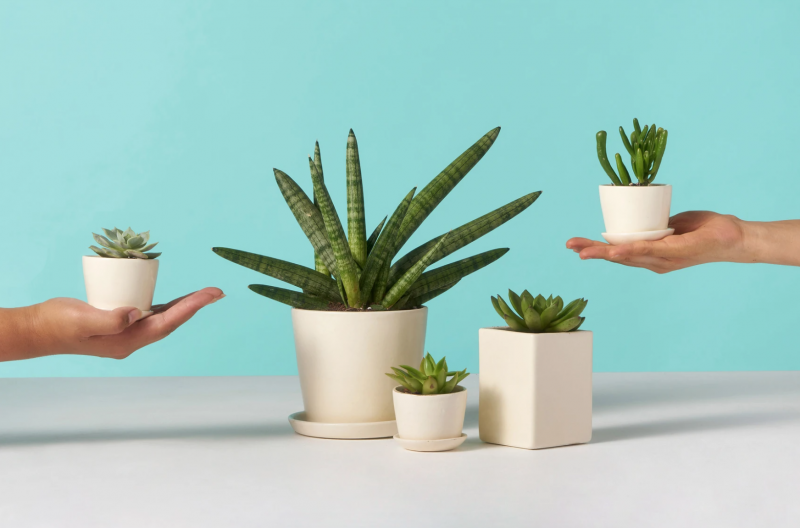
4. Skip fertilization for houseplants if you’re unsure
Houseplants don’t require fertilization unless they are struggling to grow. If you’re unsure of how much or what type of fertilization to use when planting, it’s better to skip that step altogether. Too much fertilization may actually end up killing your plant rather than helping it.
5. It is important to begin with good quality, healthy, pest-free plants.
Check that leaves possess good color for the species, with no brown tips or margins. Watch for insects, mites, and signs of disease.
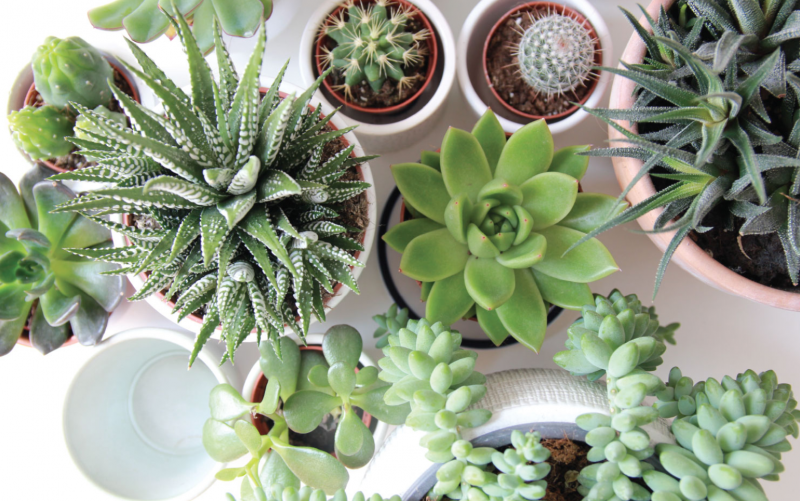
6. Daily exposure to light of eight to sixteen hours is needed for plants to thrive.
A southern exposure indoors provides the greatest light intensity, then western, eastern, and northern. Direct sun is not recommended, but nets or Venetian blinds can be used as a filter.
7. Plants with variegated foliage require more light than plants with green foliage.
If light is insufficient, variegation may be lost. Flowering plants also require higher light intensity. Symptoms of insufficient light intensity or duration include: weak growth; long, spindly stems; poor color in older leaves; and leaf loss or failure to flower.
8. Instead of leaving your houseplants in the same place, turn them around regularly.
It will enable all parts to get their fair share of light and grow into a round and bushy shape. Avoid placing plants near heat sources.
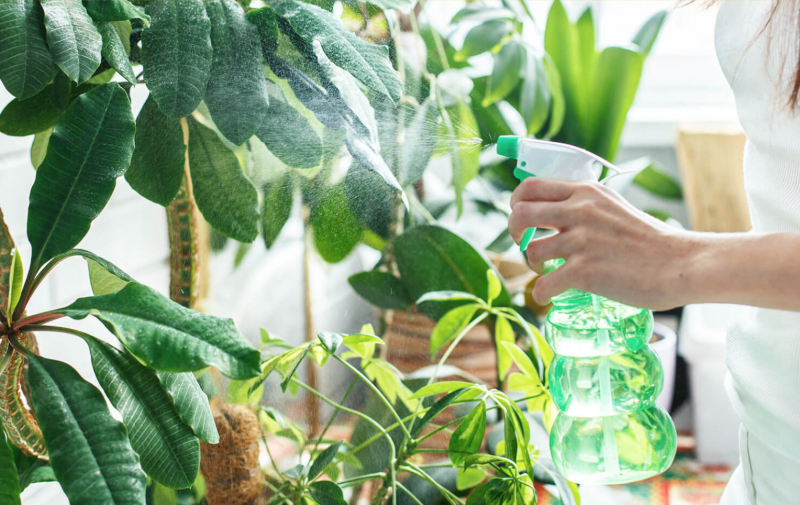
9. Most plants flourish in high humidity
With most homes having dry air, especially in the winter, you may want to adjust the air. This could be as simple as purchasing a humidifier for the rooms of your home that contain your adored plants.
